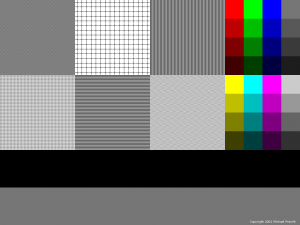If you would like free weather reports in Apple’s iCal (which can be synced to your iPhone or iPod Touch), there’s good news: Weather Underground supports the iCal .ics format as a subscription format. (It also offers RSS.) And unlike the shareware application WeatherCal (which provides the same service), it is free.
What this means is that you can subscribe to weather reports for any city, and have the forecast appear within iCal. The 7-day forecast will display as a series of all-day events in the calendar. (All-day events appear as headers at the top of each day.) Weather details older than one day are automatically deleted, which is nice; it doesn’t fill up your calendar.
Here in an example page from Weather Underground, and the steps to get the forecast into iCal:
http://www.wunderground.com/cgi-bin/findweather/getForecast?query=stl&wuSelect=WEATHER
This happens to be the page for St. Louis, Missouri. You can change the city to whichever one you want. In the upper-right, you will see the ICAL and RSS links. Clicking the ICAL link will download a file; that is not really what you want. If you right-click (or control-click) on the ICAL link, and choose the option to copy it, you can then switch to iCal, choose “Subscribe…” from the Calendar menu, and paste the address you copied. In iCal, right-click (or control-click) on the new calendar, and choose “Get Info.” Make sure the option to Auto-Refresh is set to “Every day.” Then you will get a handy 7-day forecast, unlike WeatherCal’s 5-day forecast.






